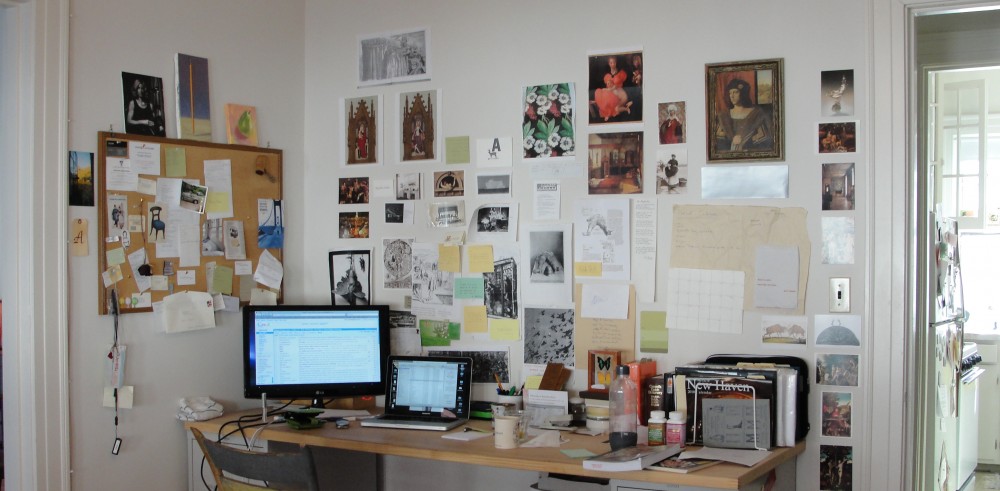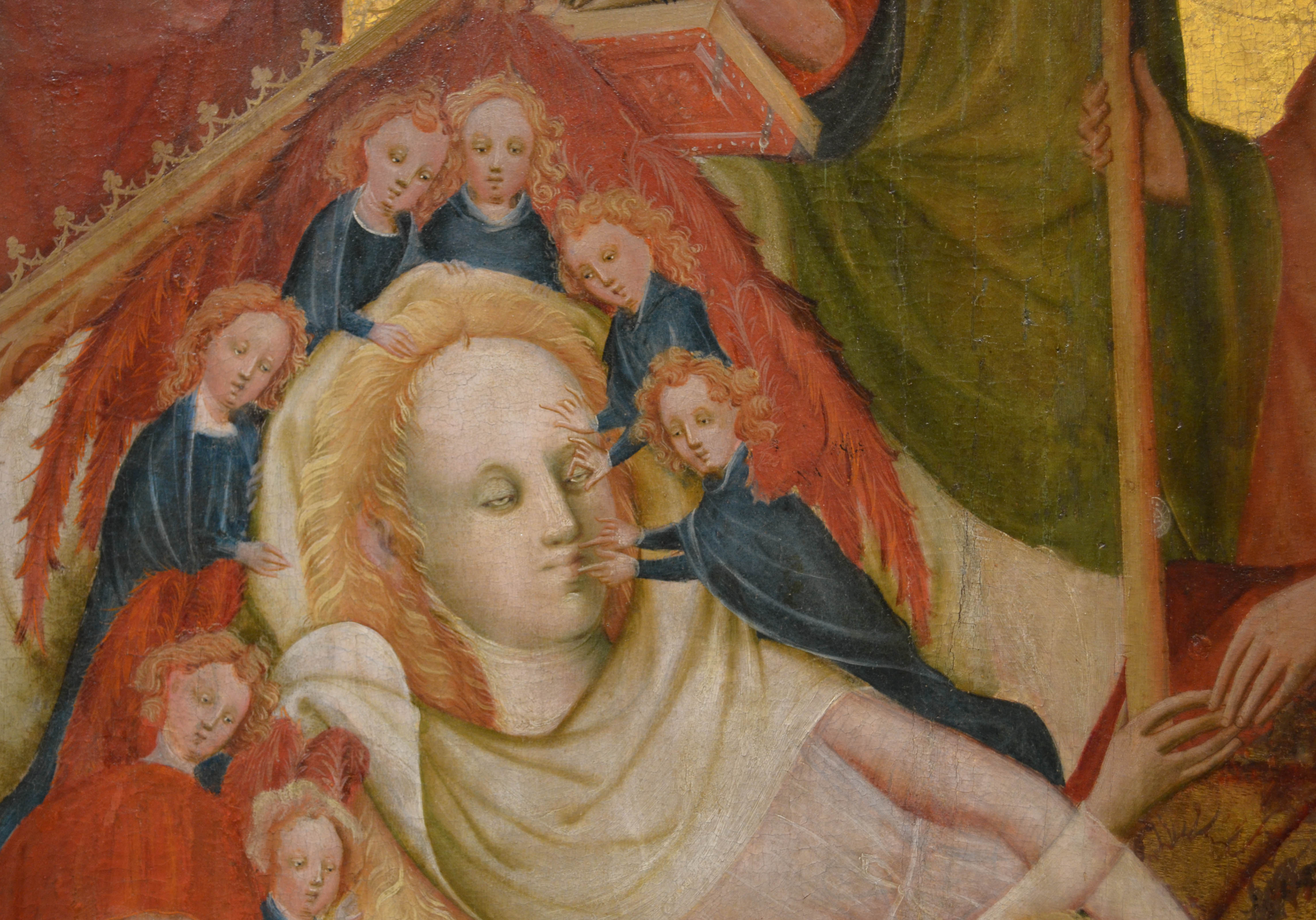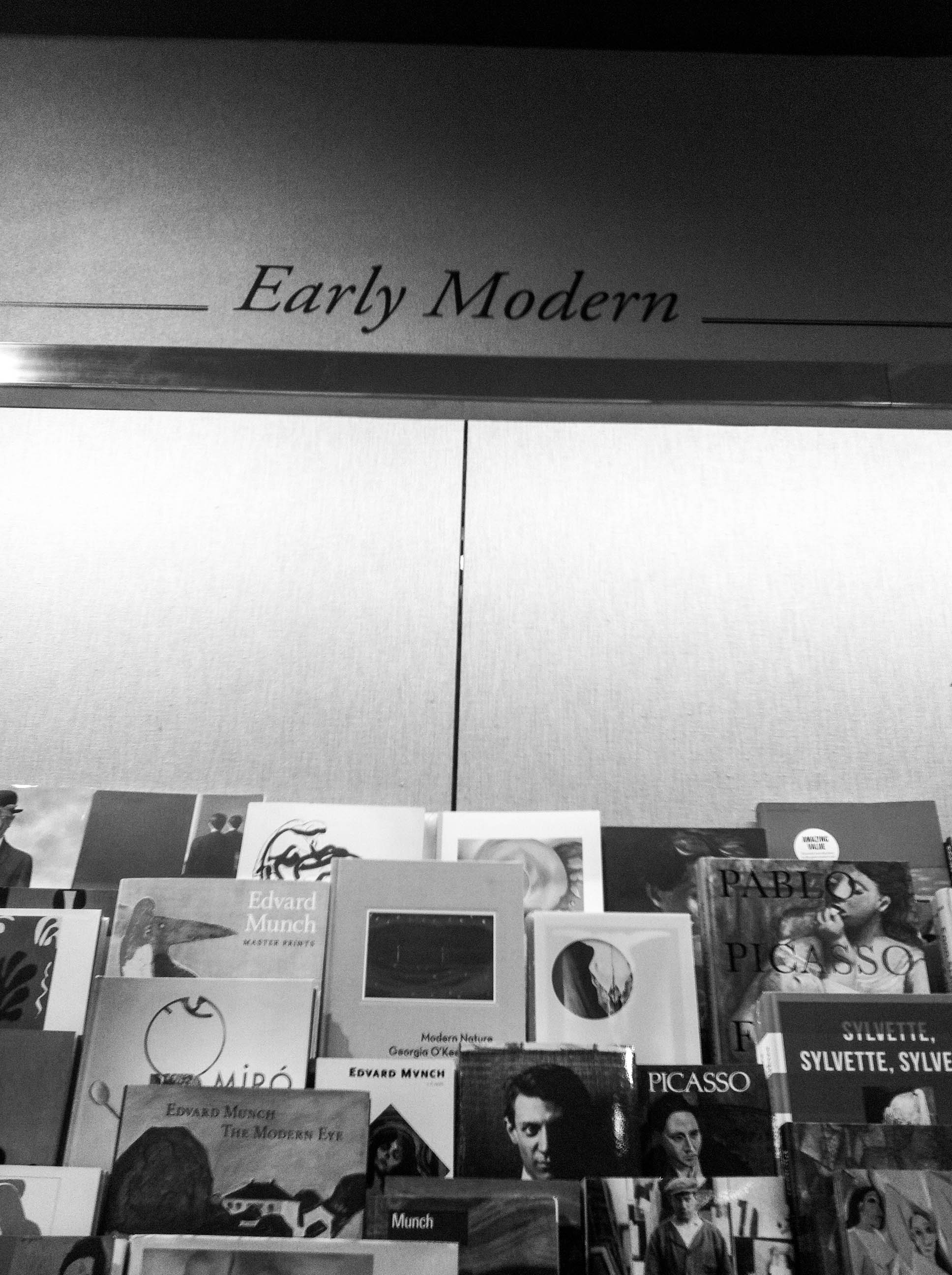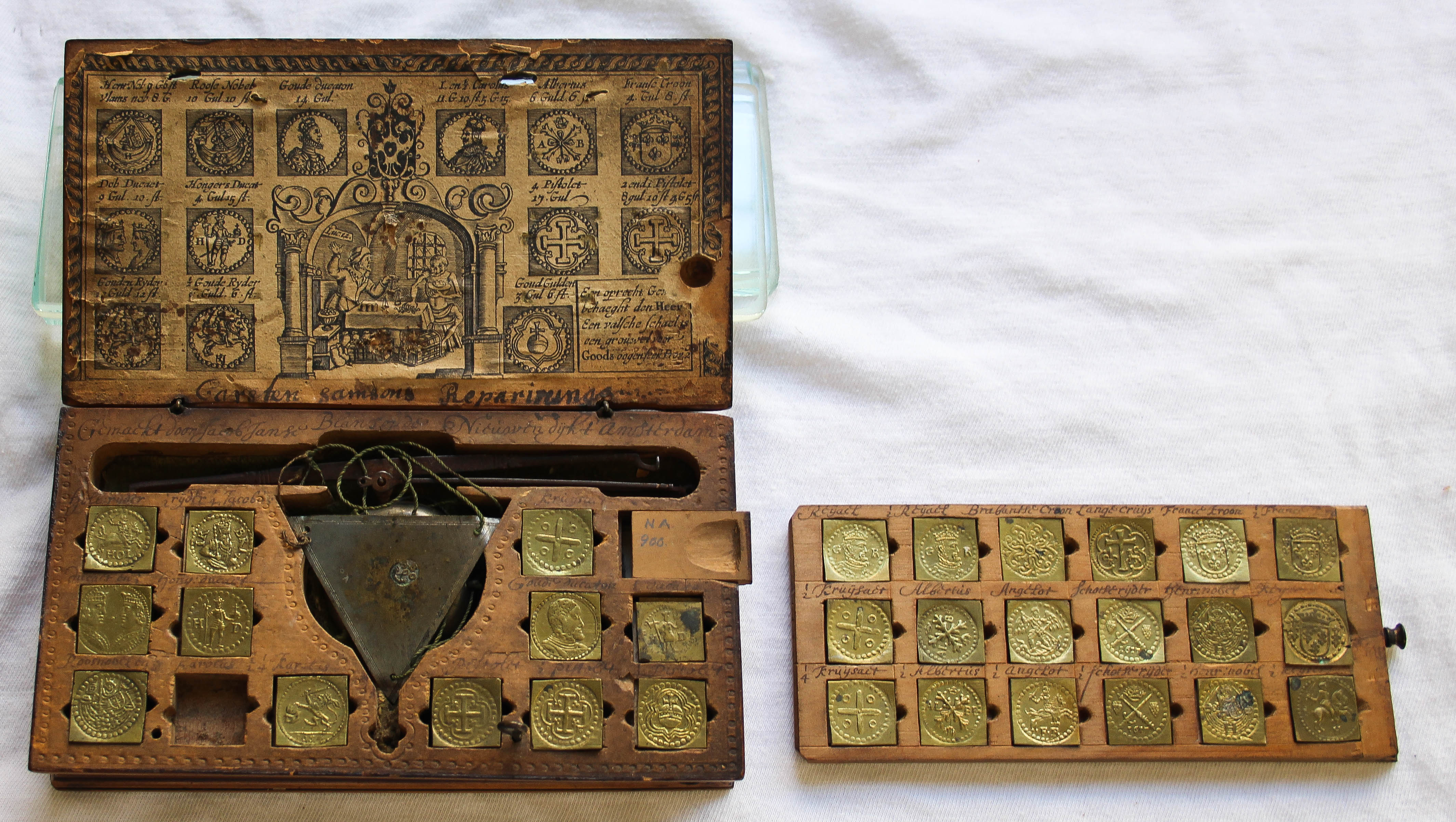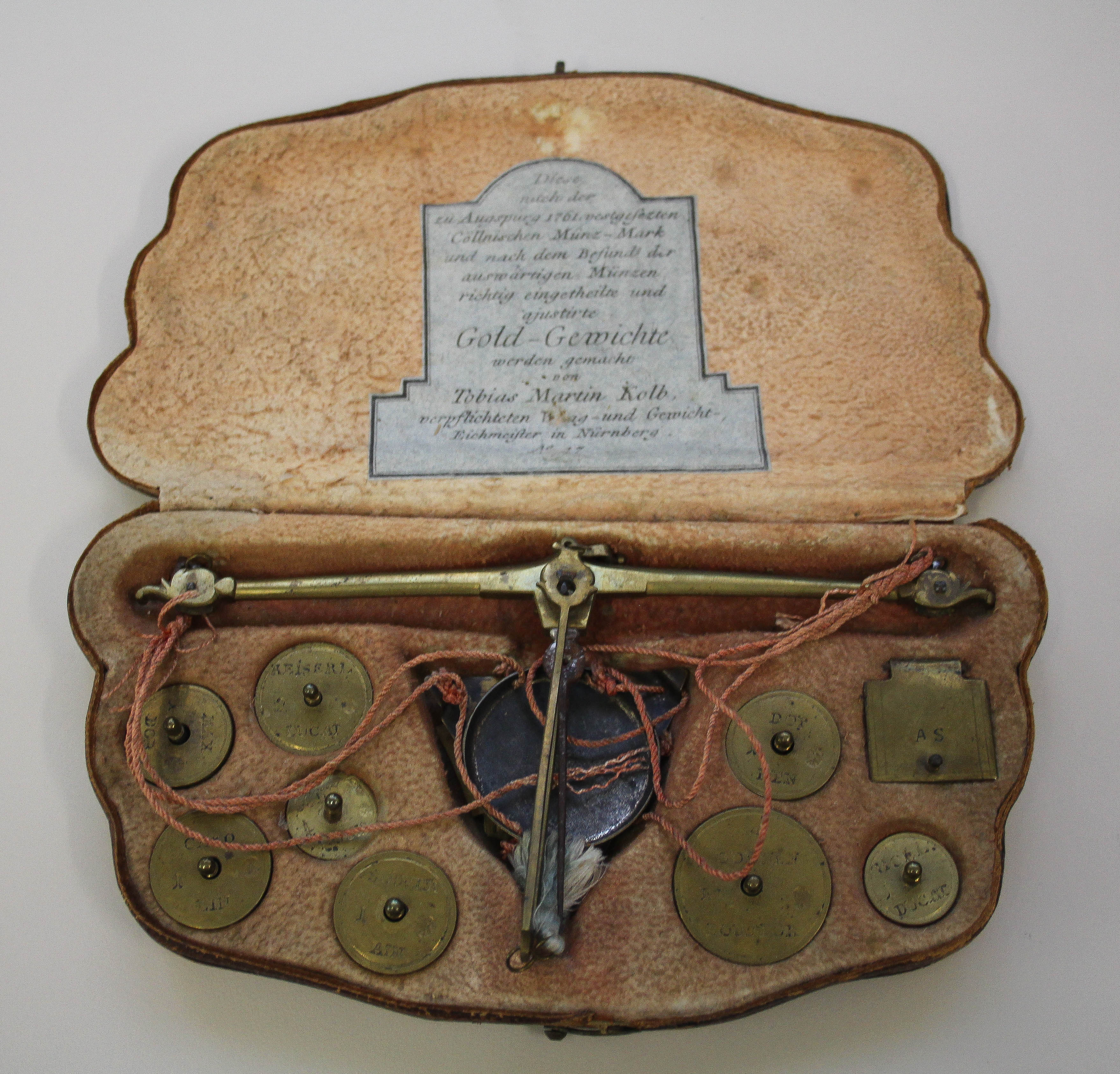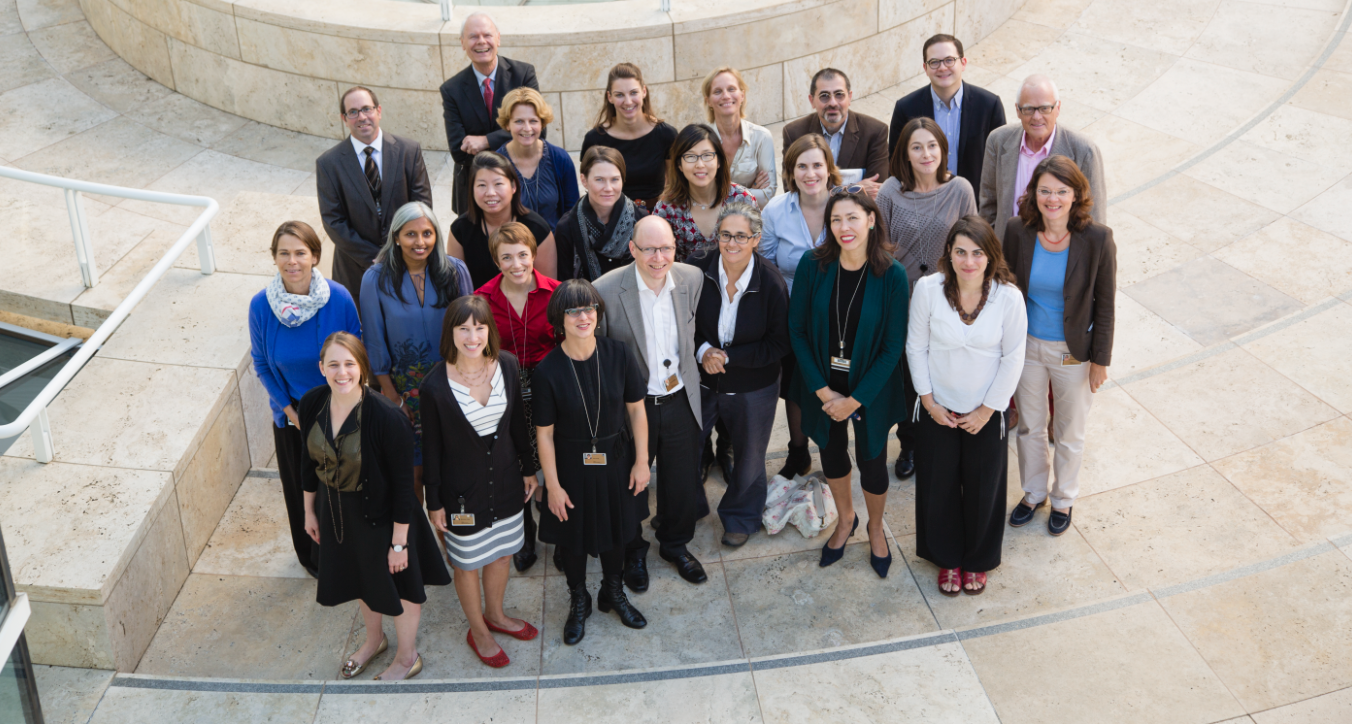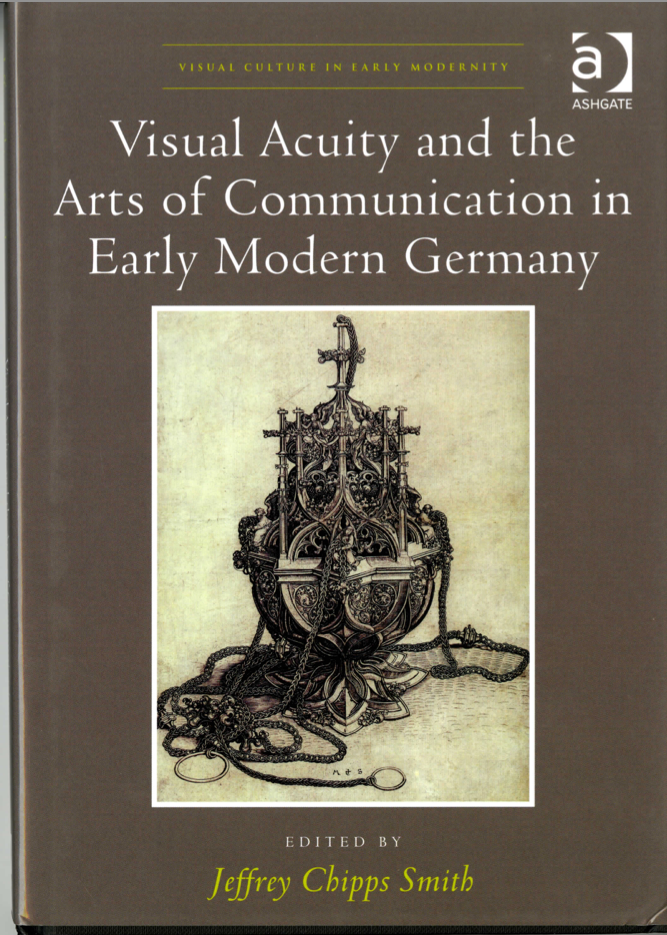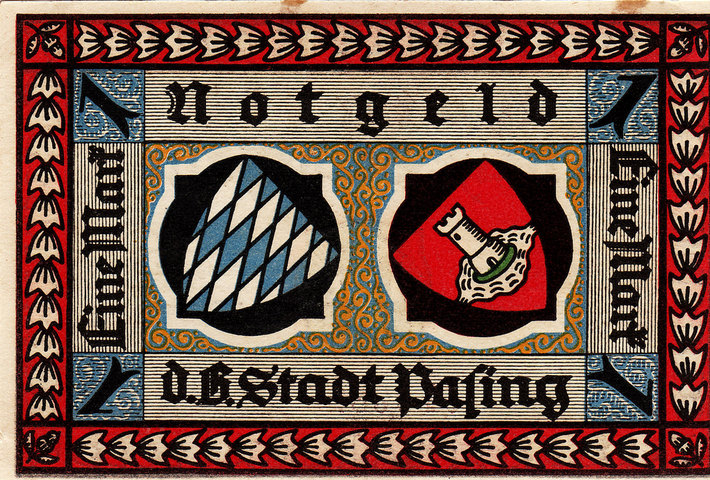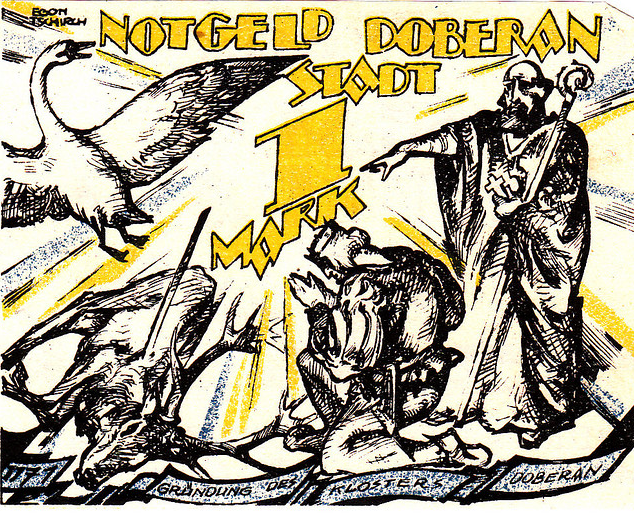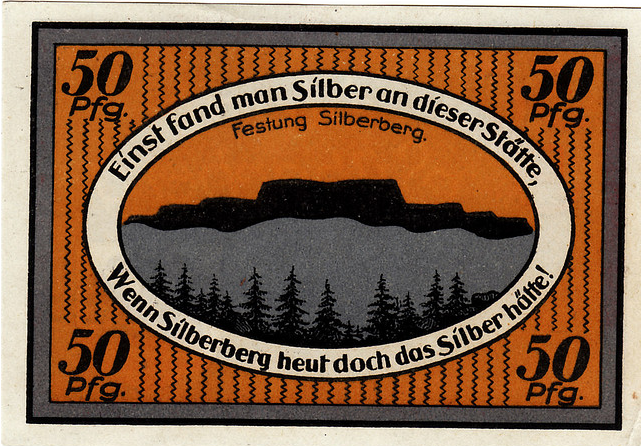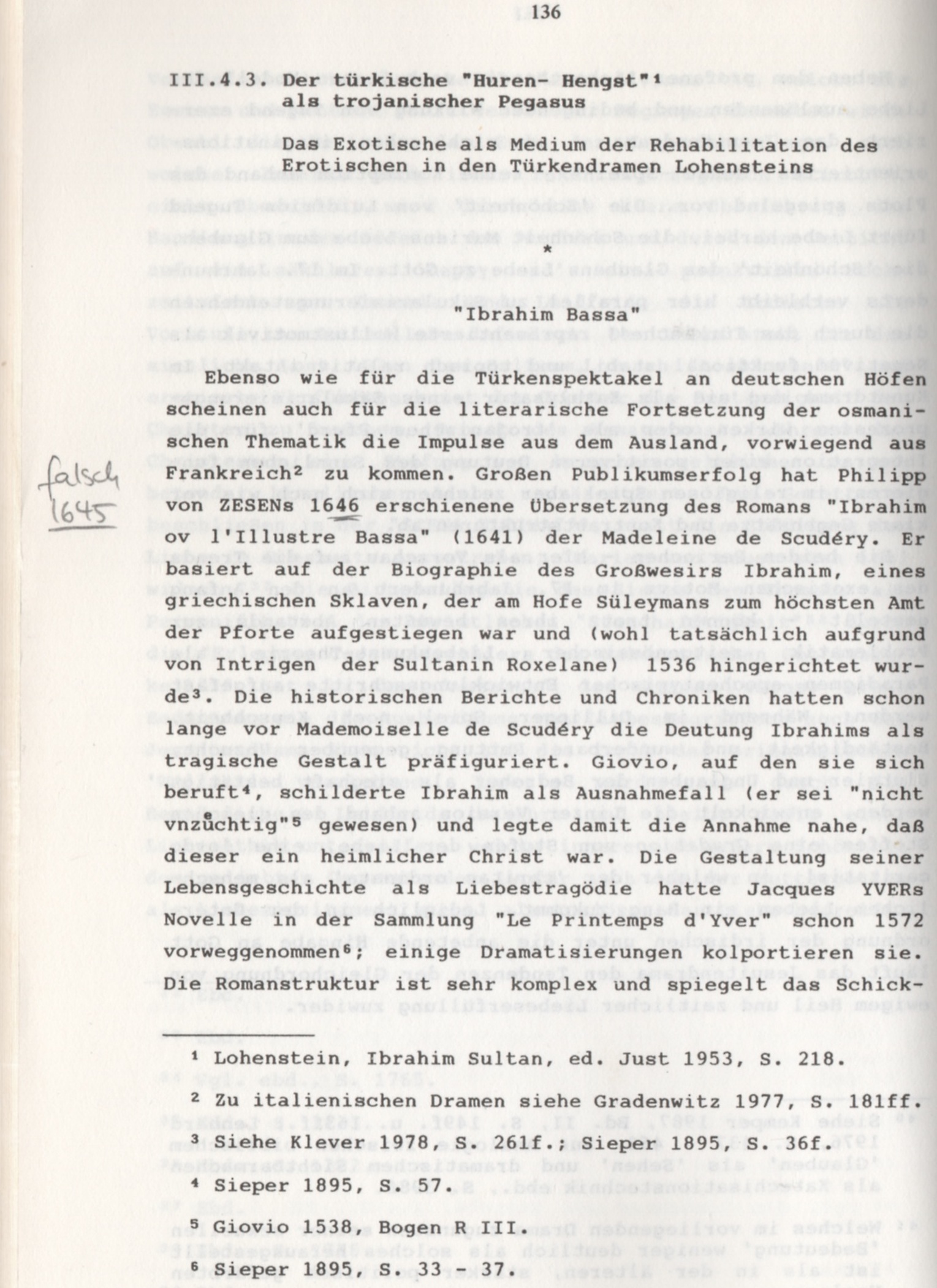Eye Poke
Semantic Drift
CAA 2015
I had a great time at the College Art Association meeting in New York last week: saw some old friends, made some new friends, witnessed several very good sessions, and gave a paper of my own. “Equivalence: Acts of Weighing in the Renaissance” was part of a panel organized by Shira Brisman on The Double-Sided Object in the Renaissance. It was a morning full of thinking through and imaging the problem of recto/verso // obverse/ reverse–very exciting. I showed some clips of equal-arm balances from the Streeter Collection at Yale University’s Medical Historical Library. Special thanks to curator Dr. Melissa Grafe, for allowing me to touch and operate the scales, and her colleague Martha Horan, who assisted me by holding the balances from their thin strings while I placed weights or filmed.
Antiverbose
From the profile page of Dr. Anthony Luttrell, on the website crusaderstudies.org.
Mitarbeiter, December 2014
December Publications
Two essays of mine were published this month. The first, on weight in early modern inventories, appears in The Journal of Art Historiography. I thank Anne Helmreich, Francesco Freddolini, and Richard Woodfield for their efforts in putting the issue’s section on inventories and catalogues together. The second essay, on fifteenth-century engravings of precious metalwork, appears in a volume edited by Jeffrey Chipps Smith that is part of Ashgate’s series on Visual Culture in Early Modernity. The book’s cover includes the Censer engraving by Martin Schongauer that I discuss in my essay.
Press
A little piece about me in the Yale Graduate School newsletter.
German Notgeld
A part of my dissertation concerns sixteenth- and seventeenth-century siege coins, which were minted in emergency contexts, usually to pay soldiers so they would not simply quit fighting once their salaries ran out. The examples I am looking at were made quickly from precious metal plate–either secular tableware or church ornaments–so they fit into my broader interest in the transformation of gold and silver. Later examples of emergency money (Notgeld) were made from paper. Perhaps the most well-known category of emergency banknotes were those produced in the Weimar Republic, during its periods of disastrous financial turmoil.
Today I came across a stupendous compilation of twentieth-century Notgeld that Flickr user Iliazd has posted publicly. His collection includes over 5000 specimens, acquired first by his grandfather in Germany, and later by other family members over the years. These bits of ephemera display a wide range of graphic styles and typographies, some avant-garde, others historicist. Iliazd points out that this Notgeld was designed to be pretty and collectible. If you didn’t spend it, it didn’t need to be backed by the local government, and most bills had explicit use-by dates.
Their designers’ choice of subject matter is also extremely interesting. From basic decorative designs with city arms:
to pictorial representations of a city’s artistic monuments or significant historical events:
My particular favorites are those that draw explicit attention to the economic crisis, like this note from Silberberg, an old mining town now nostalgic for its former silver production:
